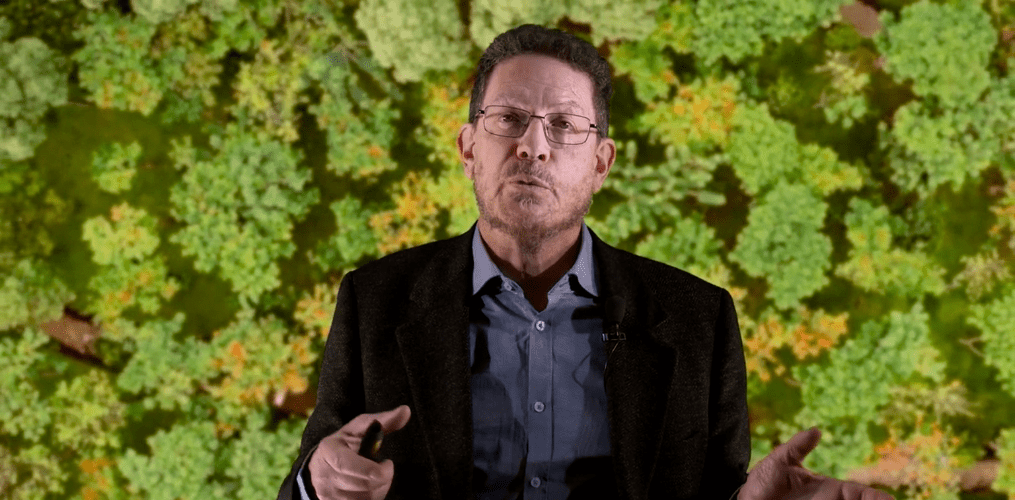“Biodiversity is intrinsically scale-dependent”. Bill Kunin, Professor at the University of Leeds, in this second BioDT Talks tackles one of spatial ecology’s biggest challenges: how do we accurately upscale biodiversity data?
One of the reason that makes upscaling biodiversity challenging is that biodiversity is an unusual variable. Unlike simple additive variables, biodiversity is subadditive: two areas with 6 and 4 species don’t necessarily contain 10 species together due to potential overlap in the species you had in the different samples. This makes scaling from local observations to regional or global assessments particularly complex.
Why does upscaling biodiversity matter? Prof. Kunin explains how it helps us to estimate biodiversity in little-know areas; to predict larger-scale effects from fine-scale experiments; to monitor biodiversity changes across multiple scales; to model spatially realistic futures (e.g. developing more accurate digital twins of ecosystems, linking local and coarser scale patterns); to understand how threats like habitat fragmentation, invasive species, and climate change impact biodiversity differently at various scales.
Enjoy the video on LifeWatching Channel website!
BioDT is a research project funded by the European Union that aims to develop a digital twin prototype for the study and analysis of biodiversity, in support of the EU Biodiversity Strategy for 2030. The Biodiversity Digital Twin prototype provides advanced models for simulation and prediction capabilities, through practical use cases addressing critical issues related to global biodiversity dynamics.
The BioDT Talks is the new 6-part series illustrating how data science and technology are transforming our approach to the biodiversity crisis.
More information on the BioDT Project HERE.
Watch the full playlist on YouTube and find out more!
